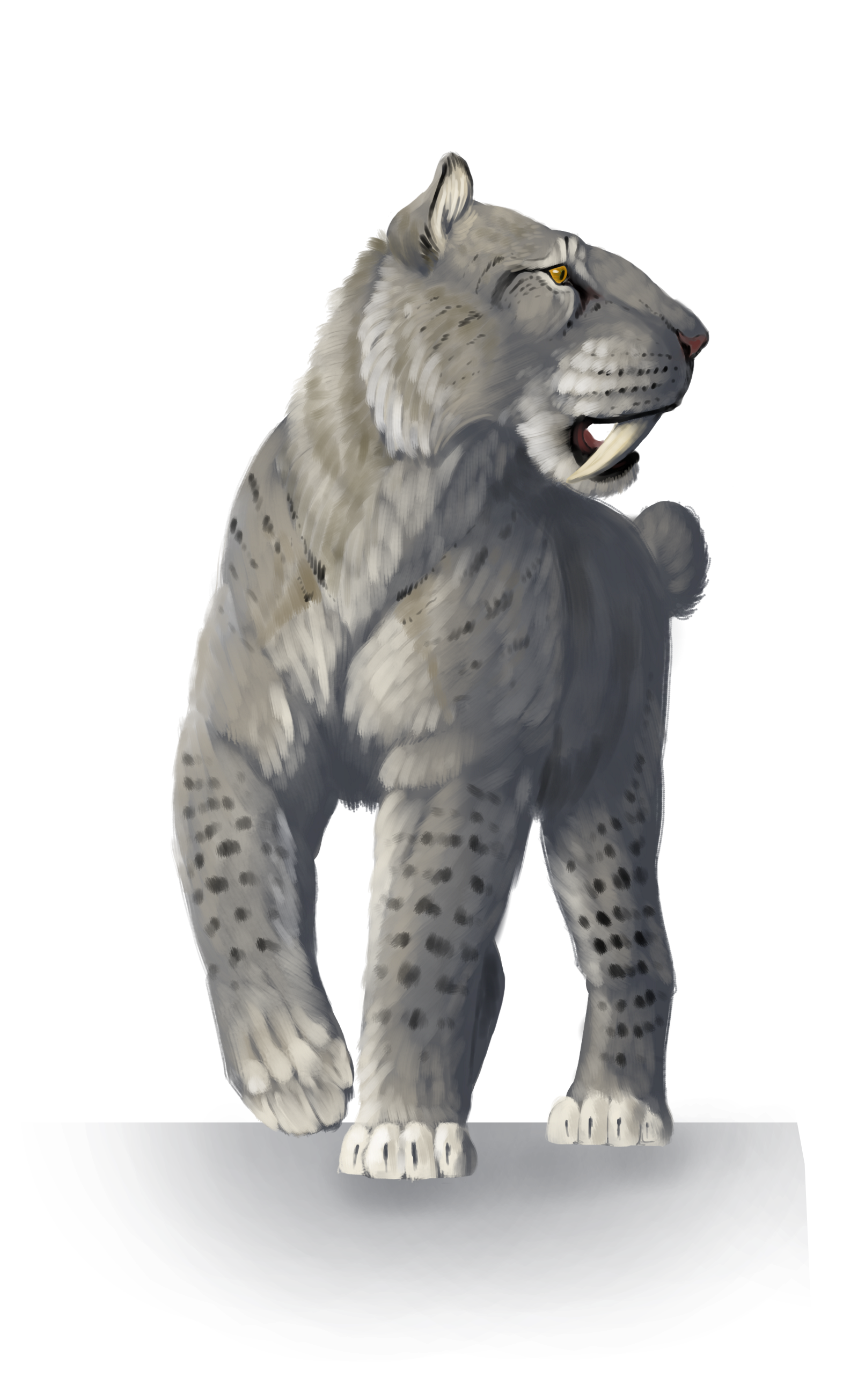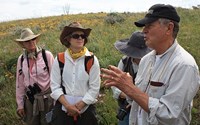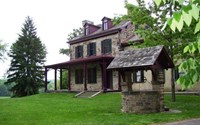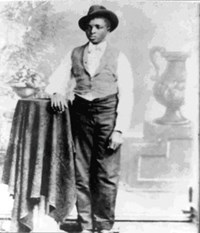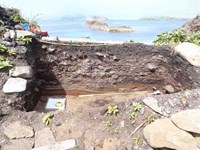- Field Trips (20)
- Distance Learning (11)
- Lesson Plan (11)
- Student Activities (5)
- Field Schools & Institutes (2)
- Teacher Reference Materials (1)
- Sleeping Bear Dunes National Lakeshore (4)
- Indiana Dunes National Park (3)
- Lyndon B Johnson National Historical Park (3)
- Tule Springs Fossil Beds National Monument (3)
- Acadia National Park (2)
- Gettysburg National Military Park (2)
- Hawaiʻi Volcanoes National Park (2)
- Walnut Canyon National Monument (2)
- Wupatki National Monument (2)
- Show More ...
- Social Studies (30)
- Science (26)
- Literacy and Language Arts (14)
- Math (10)
- 4.RI.3 (3)
- 6.SL.1 (3)
- 11-12.SL.1 (2)
- 3.SL.1 (2)
- 3.SL.3 (2)
- 4.RI.1 (2)
- 4.RI.7 (2)
- 4.SL.1 (2)
- 4.SL.3 (2)
- Show More ...
Showing 48 results for agenda ...
Age of Exploration
- Type: Field Trips
- Grade Levels: Upper Elementary: Third Grade through Fifth Grade

There are many different ways to look at history ranging from a broad view of major events on a global scale to a small scale looking at specific local events. We start out with the big picture: how, when and why did the Europeans cross the Atlantic to a land that had been inhabited for thousands of years then look at an example of the cultural interface close to home.
Ice Age Investigation
- Type: Lesson Plan
- Grade Levels: Upper Elementary: Third Grade through Fifth Grade
See, Touch, and Hear: Preschool-age students
Ice Age Mammals of Tule Springs Research Project
Me and My Park
Pleistocene Food Scene
How Much Water Can Sunny The Saguaro Drink?
- Type: Lesson Plan
- Grade Levels: High School: Ninth Grade through Twelfth Grade
- Type: Lesson Plan
- Grade Levels: Upper Elementary: Third Grade through Fifth Grade

Guiding Questions: What is stratigraphy? What is the law of superposition? How can archaeologists study stratigraphy to determine the age of archaeological objects? Students will: Explain what stratigraphy is. Describe the law of superposition. Understand how stratigraphy can be used to determine the age of archaeological objects.
- Type: Lesson Plan
- Grade Levels: Upper Elementary: Third Grade through Fifth Grade

In this lesson students will learn about tree rings and how archaeologists use them to help date sites and artifacts. What are tree rings? How are tree rings used to determine the age of archaeological sites? Students will... ●Understand how trees grow and why growth rings are formed. ●Describe how climate and weather affects the growth of tree rings. ●Explain the age of a tree by its rings. ●Understand how ring patterns can be used to determine the age of archaeological sites.
Yellowstone Forever Institute
Freeing the Elwha (Sediment Deposition and River Structures)
Field Trip: Gallatin House Tour for School Groups
Overcoming Obstacles: George Washington Carver’s Pathway to Education
Museum Scavenger Hunt (Self-Guided)
- Type: Field Trips
- Grade Levels: Upper Elementary: Third Grade through Fifth Grade
- Type: Lesson Plan
- Grade Levels: Upper Elementary: Third Grade through Fifth Grade
Uncovering Beringia: The Lost Continent
- Type: Distance Learning
- Grade Levels: Middle School: Sixth Grade through Eighth Grade
Behind the Flat Hat
Where's the Ranger?
- Type: Distance Learning
- Grade Levels: Lower Elementary: Pre-Kindergarten through Second Grade






